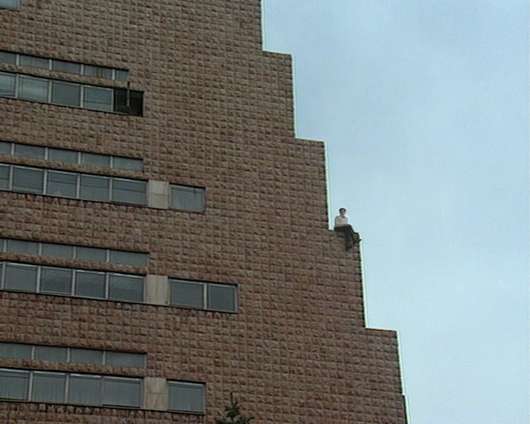Bojan Fajfrić
The Void
Bojan Fajfrić’s exhibition The Void conveys a specific manner of viewing history by conflating personal memories, collective historical consciousness and the inevitable events, while the use of non-linear timeline in his videos and films often turns them into speculative history.
The video Unfinished Business (2017) blends fiction with the artist’s reconstructed personal history and it does so with a twist. His role is assumed by his father and his life story, starting from when he became an artist and ending with his death, is shown in random bits and pieces and unfolds in a studio. Dream scenes alternate with those of daily routine and the blurred gap between the past, present and future can be understood to represent the artist’s potential future or a different version of his past.
Fajfrić concluded his artist residency in Ljubljana by producing two videos, combined with collages and archival materials, in which he reinvents a specific modernist narrative that fuses historical facts with an invented story about two individuals: the Dutch painter and modernist Theo van Doesburg and the Yugoslav architect Nikola Dobrović. The interlude was inspired by Van Doesburg’s essay Yugoslavia: Rivalling Influences—Nikola Dobrović and the Serbian Tradition (1930) published in the magazine Het Bouwbedrijf, which critically assessed the emerging modernist movement in Serbian architecture and the construction of Yugoslav identity. Fajfrić links both figures through the presence of one in the work of the other. In the first video Van Doesburg’s work is incorporated into Dobrović’s architectural drawings and the personification of Van Doesburg is inserted into the archival video material about Dobrović’s only preserved building in Belgrade, the former seat of the Yugoslav Army General Headquarters. Built between 1954 and 1963, it features a distinctive void connecting two separate buildings and is one of the finest examples of modernist architecture in the region. The building was severely damaged during the NATO bombing in 1999. The artist then subtly incorporates Dobrović into Van Doesburg’s project Rinsemahuis, a complex of sixteen residential houses in the Dutch city of Drachten constructed between 1921 and 1922, which materialised his novel idea of integrating visual art into architecture. Fajfrić’s second video thus presents the interior, renovated according to Van Doesburg’s colour scheme of the Museum Dr8888. In the video consisting of prolonged sequences, a journey through space, underlined by pronounced colours, takes on a dreamlike quality. Fajfrić also introduces the element of smoke, which feels strange and artificial; while it doesn’t make the imagery disappear, it obstructs it from view, simultaneously alluding to the remnants of Dobrović’s story, which remains an empty ruin frozen in time.
Colophon
Production: Museum and Galleries of LjubljanaExhibition curator: Alenka TrebušakArtist: Bojan FajfrićText: Alenka TrebušakDesign: Ajdin Bašić, Teja KlečCamera: Vladan G. Janković, Klaas van GorkumActor: Primož BezjakCostume: Slavica JanoševićVisual effects: Miran BratušRealisation of the exhibition: Technical Service MGMLThe exhibition was made possible by: City of Ljubljana, Department for Culture
Thanks to: Milojka Žalik Huzjan, Vladan G. Janković
Fajfrić's exhibition has been co-produced by the Mondriaan Fund.
Location
Tobačna ulica 1
1000 Ljubljana
Information and reservations:
T +386 1 24 12 500
T +386 1 24 12 506
E prijava@mgml.si
Opening hours
Exhibition space is open according to exhibitions:
Tuesday–Friday: 11:00–19:00
Monday, Saturday, Sunday: Closed
Tickets
Free entry.
Press kit
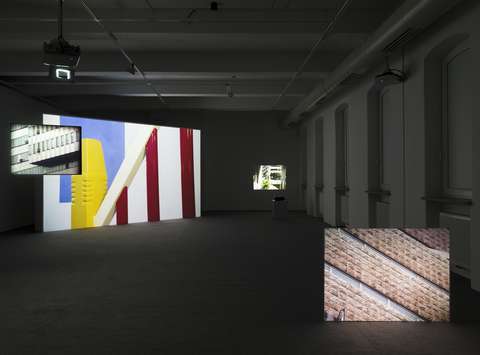
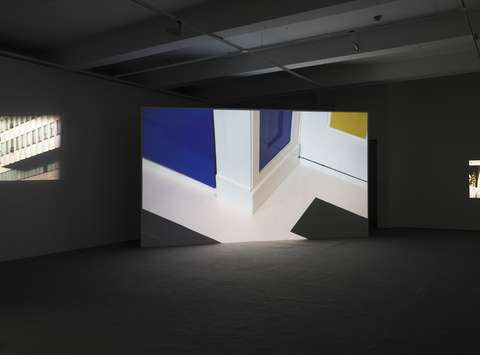
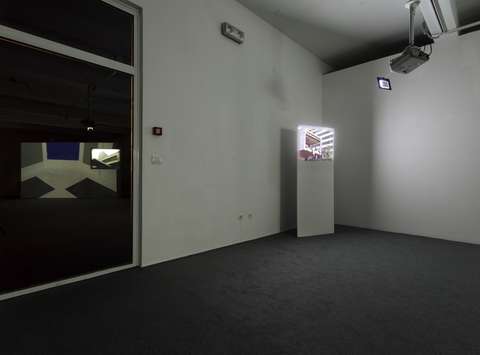
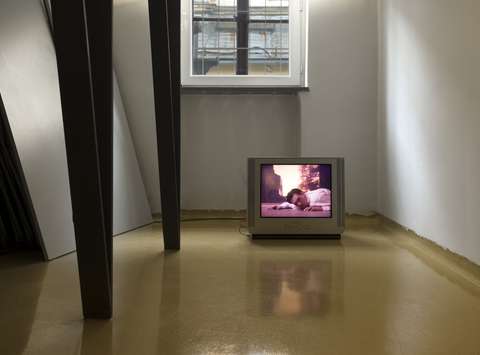
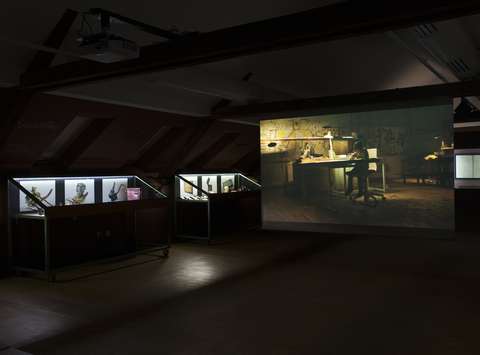
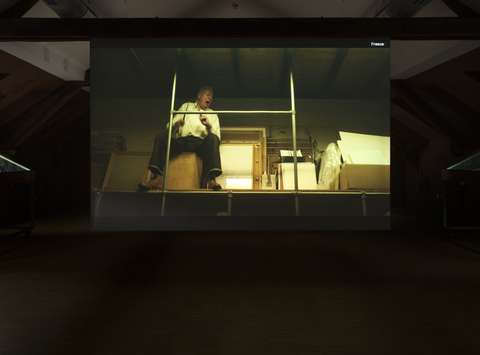
Events

